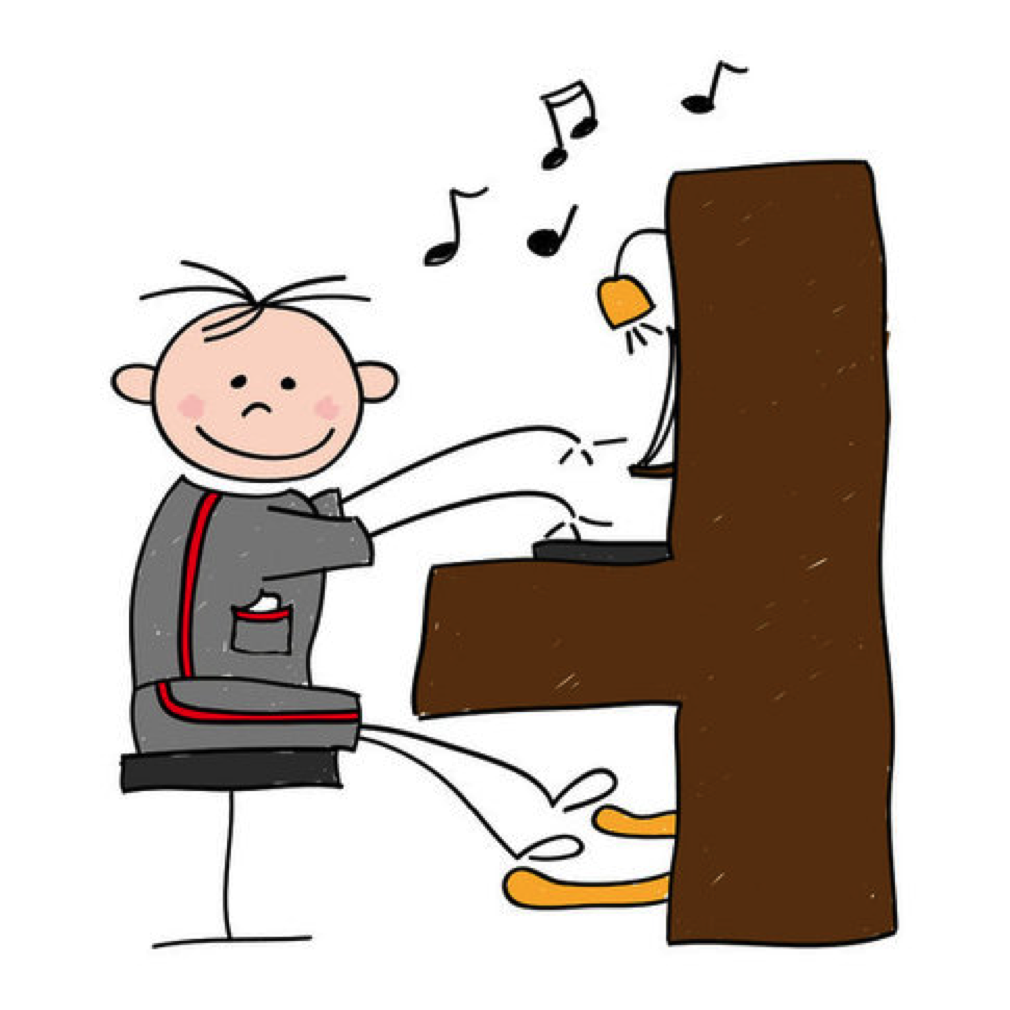|
1.Practicing solely by the clock Imagine playing a piece over and over for countless hours and not getting any better. This is a common mistake and source of frustration for amateur pianists who set time goals without focusing on the correct ways to improve during practice. Time goals are only useful in congruence with detailed directions on how to take your playing to the next level. With the help of a teacher, your playing and practice habits should be evaluated to promote regular growth. Feeling a sense of pride and accomplishment by the end of each practice session is something that helps pianists develop a life long love of practice. 2.Always practicing from the beginning Pianists who make mistakes in the middle of a piece, and constantly start all the way from the beginning, are simply avoiding the spots that need the most practice. Strong pianists are able to pinpoint the difficulty in the piece and practice from many different places. Going directly to the source of the mistake or challenge will result in mastering pieces in less than half the time it would take by always starting from the beginning. 3.Practicing too fast Pianists who practice too fast tend to make more mistakes and spend more time correcting mistakes instead of making steady progress. Fast practice is often based on estimation rather than precision and results in taking a much longer to learn pieces than practicing slowly and carefully from the start. Practicing at an appropriate speed helps to develop good technique, a solid understanding of what is going on, and the ability to be musical while noticing important details that would otherwise be overlooked. 4.Practicing without dynamics The most common complaint among fellow evaluators, competition judges, and piano teachers is lack of dynamics. All too often pianists decide to only focus on the notes first and ''leave the dynamics for last.'' Instead of focusing on just the notes every time, make a mental note of all the dynamics first. Remember that dynamics are what gives life to your music and is the difference between a mediocre and exceptional performance. 5.Practicing without good form How you are seated at the piano, in combination with all the subtle movements that occur while playing have a major impact on the sound you will create. Practicing with appropriate positioning at the keys, as well as the necessary movements and form is essential to having an injury-free, aurally stimulating, and physically relaxing experience at the piano.
0 Comments
The Power of Your Presence
If your final goal is to instill love and enjoyment of music in your child, it is essential for someone to be physically present and involved during their practice and learning experience. At 5 years old, being sent alone to practice the piano may be perceived as a form of unnecessary punishment. It can bring on feelings of isolation, and create resentment and disinterest in music. The social interaction and presence of another person during a child's practice session is psychologically and emotionally needed to instill enjoyment and future long term independence in music. The songs may be fun, the practice might be relatively easy but none of this will matter if they are sent to do it alone. The younger the child, the more involved a parent should be to ensure their growth at the instrument. Many piano teachers will not accept young students unless the parent is there learning right there along with them. Positive Guidance Always be positive and mindful of what you say during practice sessions. Every mistake can be perceived as either a failure or an opportunity for greater success. Example: if your child uses the wrong finger for a passage. You may think or be tempted to say: “Thats wrong. Use number 1, not number 2.” But a better option would be to lead them on a path of discovery with questions and positive words to help them express and practice what they learned. Kids love to show how much they know! Most mistakes that occur during practice are not a result of them not knowing the correct answers. Often times they just need to be guided in the right direction. Instead of telling them all the answers, let them show you in a few basic steps. In the example of finger numbers, you may ask them to show you all the numbers. Success. Then ask them to tell you which number they are supposed to use. Success. Then have them do it. Another point of success. Telling them all the right answer takes away an opportunity for them to learn, for them to easily avoid that same mistake in the future, and for them to feel a sense of accomplishment and success. |
AuthorJodi Ann Russell, Ed.D., M.M., B.M., N.C.T.M. brings a warm emphasis on mindfulness, relaxation, creativity and technique in personalized piano lessons and master classes Archives
July 2024
Categories |



 RSS Feed
RSS Feed